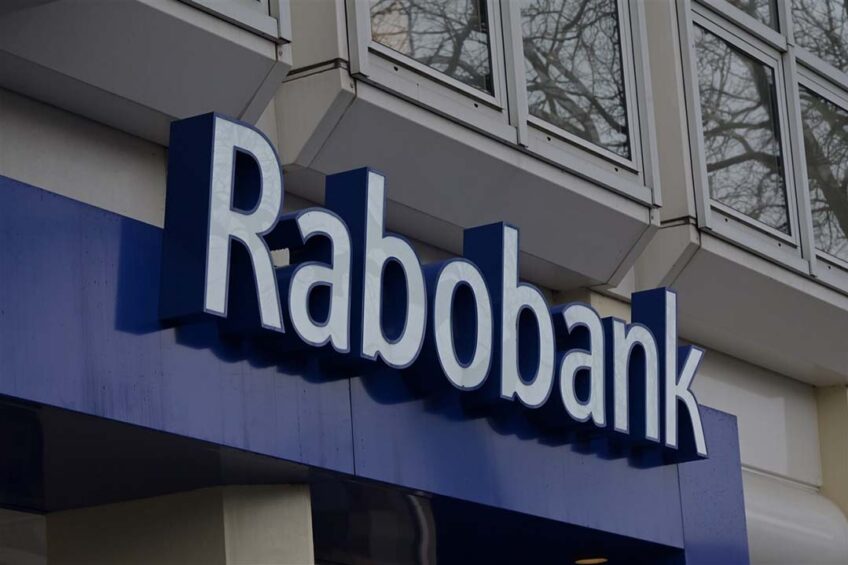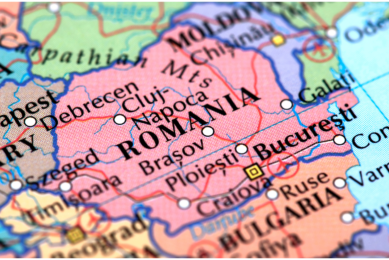Rabobank: Not much growth, pork consumption resilient

The latest global quarterly pork report by Rabobank is indicating a slowdown in pork production as key regions face a contraction in the sow herd. Consumption, however, seems to continue to be on par despite inflation.
In its quarterly review for the first quarter of 2024, the agricultural bank predicts a flat production rate – or even decline – in China, the United States and various countries in Europe throughout 2024. Disease pressures can add to the industry’s challenges, the bank says.
Contracting market in North Western Europe
In North Western Europe, the industry has been contracting, but the bank is hopeful. “Although there are signs that the pig herd in North Western Europe may be stabilising due to positive margins throughout 2023, consolidation of processing activities has been ongoing as the industry adjusts to structurally lower production.”
For the USA, the bank forecasts a small increase of 0.8% in pork production for 2024. For Canada a 1.3% drop is expected.
Rabobank forecasts a potential contraction in global pork trade during the first half of the year. High inventories in importing countries dampen demand. In a press statement, Chenjun Pan, senior analyst animal protein at Rabobank said, “We are looking at a soft market for pork exports, especially with the ongoing crisis in the Red Sea and Suez Canal complicating European shipments to Asia.”
Feed prices offer a silver lining
Feed prices continue to ease, Rabobank predicts, with corn and soybean prices down 15% to 25% in comparison to 2023. Pan said, “Lower feed costs are a welcome relief for pig farmers, improving margins in a time of uncertainty. Weather-related volatility could still impact supply and price movements.”
Pork consumption is resilient
Pork consumption has shown resilience in the face of inflation. Rabobank expects a mild improvement in global pork consumption in 2024. “Pork continues to be a staple protein, holding its ground against more expensive meats like beef.” The easing of inflationary pressures and an economic rebound in some regions are likely to support that trend.
Pork consumption in China is likely to continue as no imminent price rises are being expected. Feed prices were low and further decline is expected, the bank writes. “Destocking is expected to continue in the first half of the first quarter. Prices are expected to stay low throughout the first quarter due to ample meat supply.” As from June/July, prices should rebound, the bank adds.
Pork production varies per region
While some regions grapple with declining herds, others like Brazil are on the rise, driven by global demand. Rabobank underscores the uneven growth across the globe, with ASF outbreaks and loss-making pressures accelerating breeding herd reductions in Asia, particularly China.
Pan concluded: “We expect disease outbreaks to create ongoing uncertainty in 2024. Meanwhile, productivity will continue to improve in 2024, driven by genetic gains, better farm management and cost reduction strategies.”











